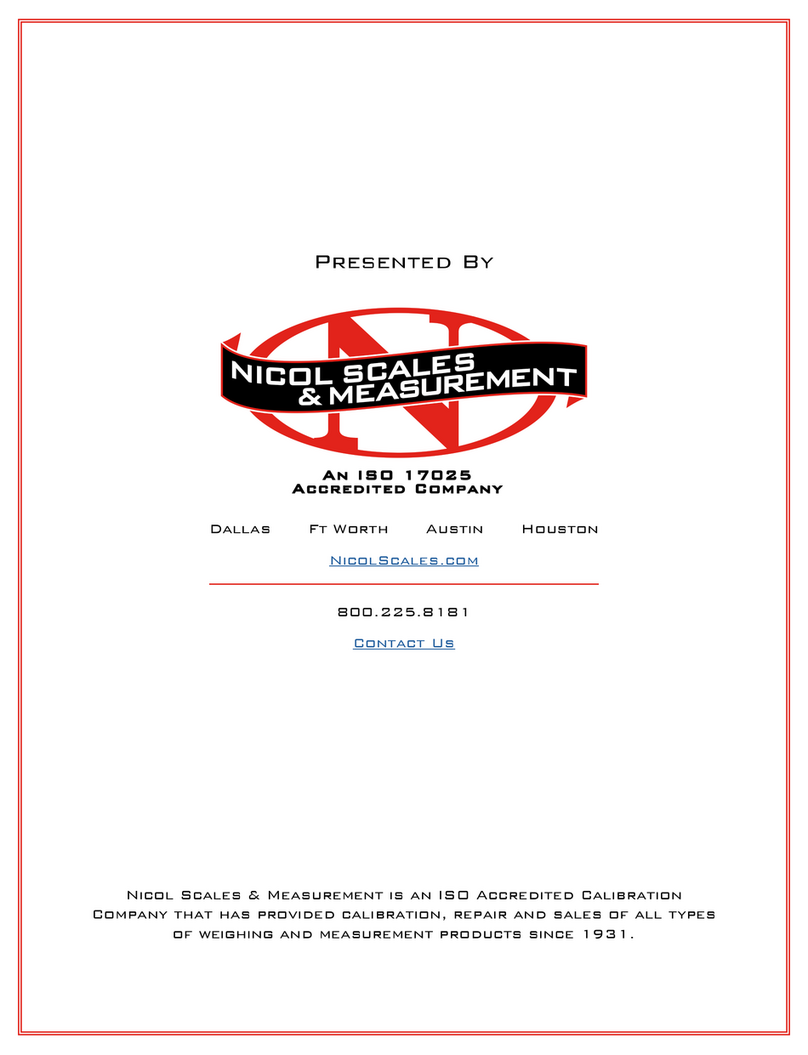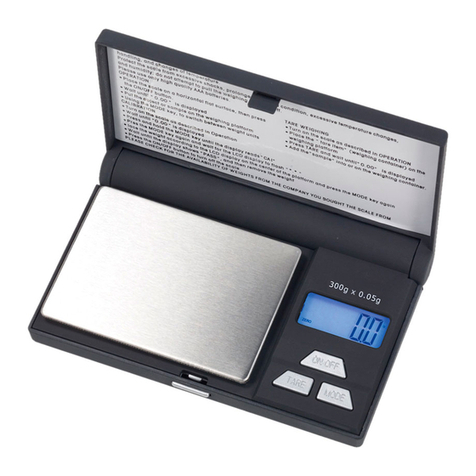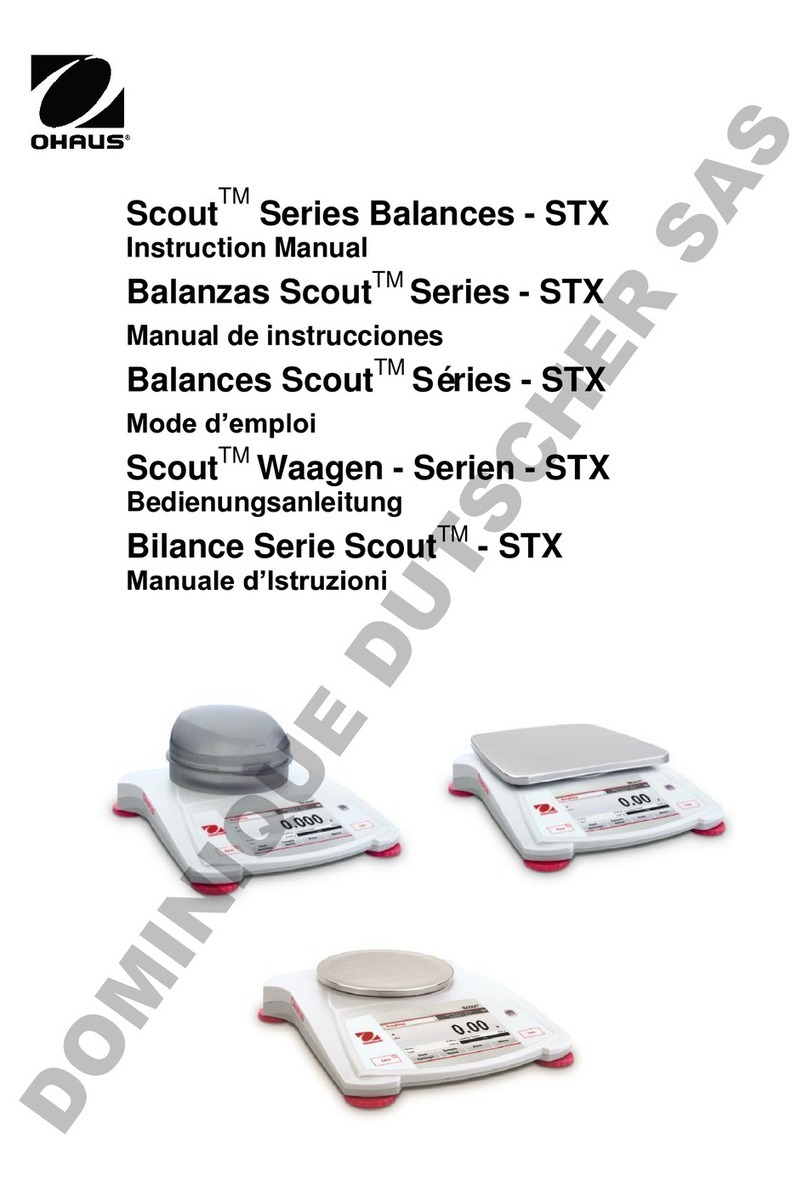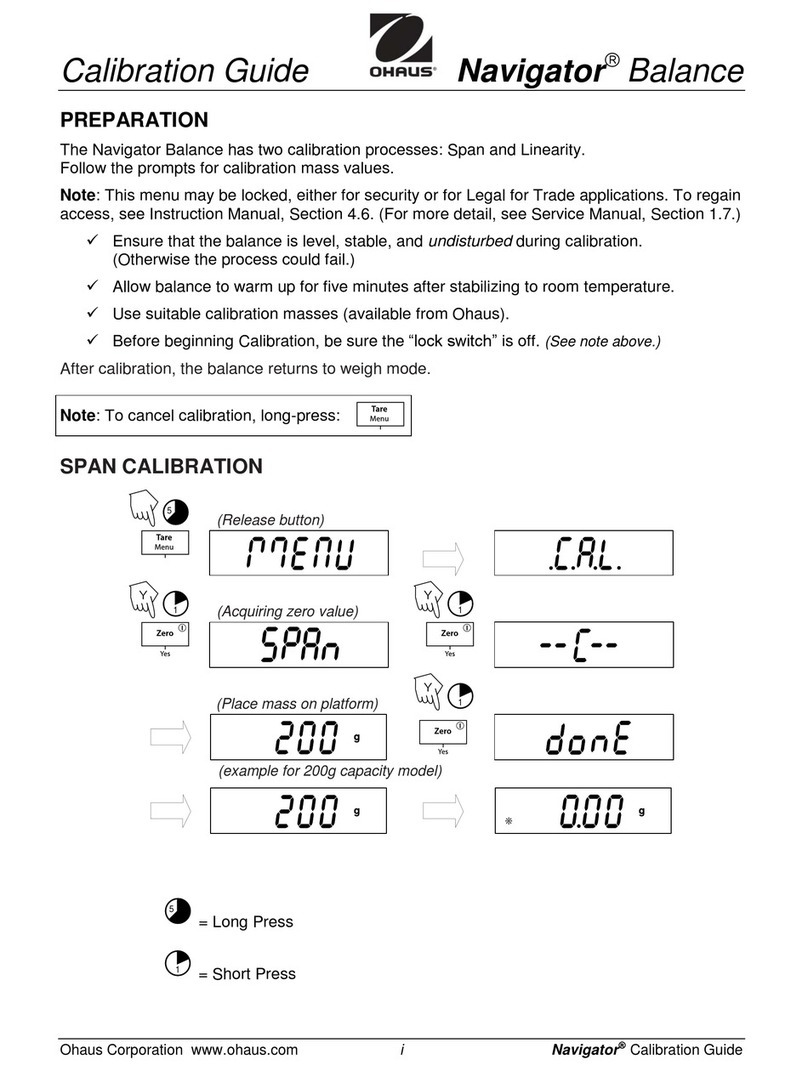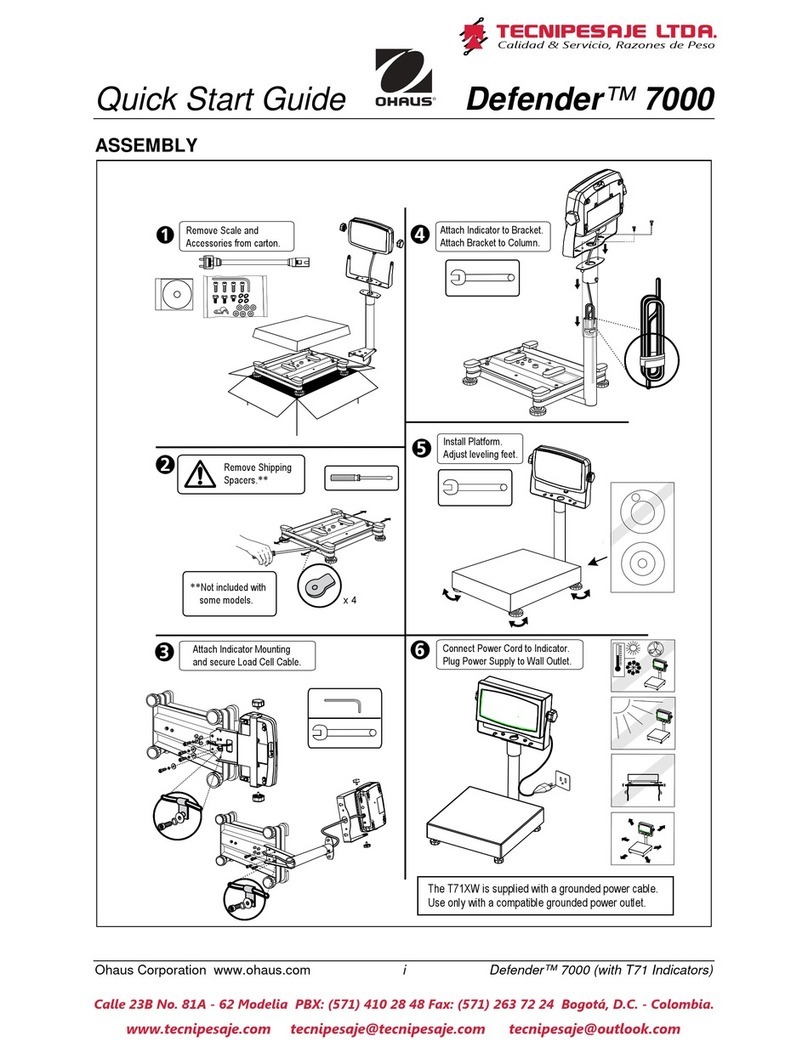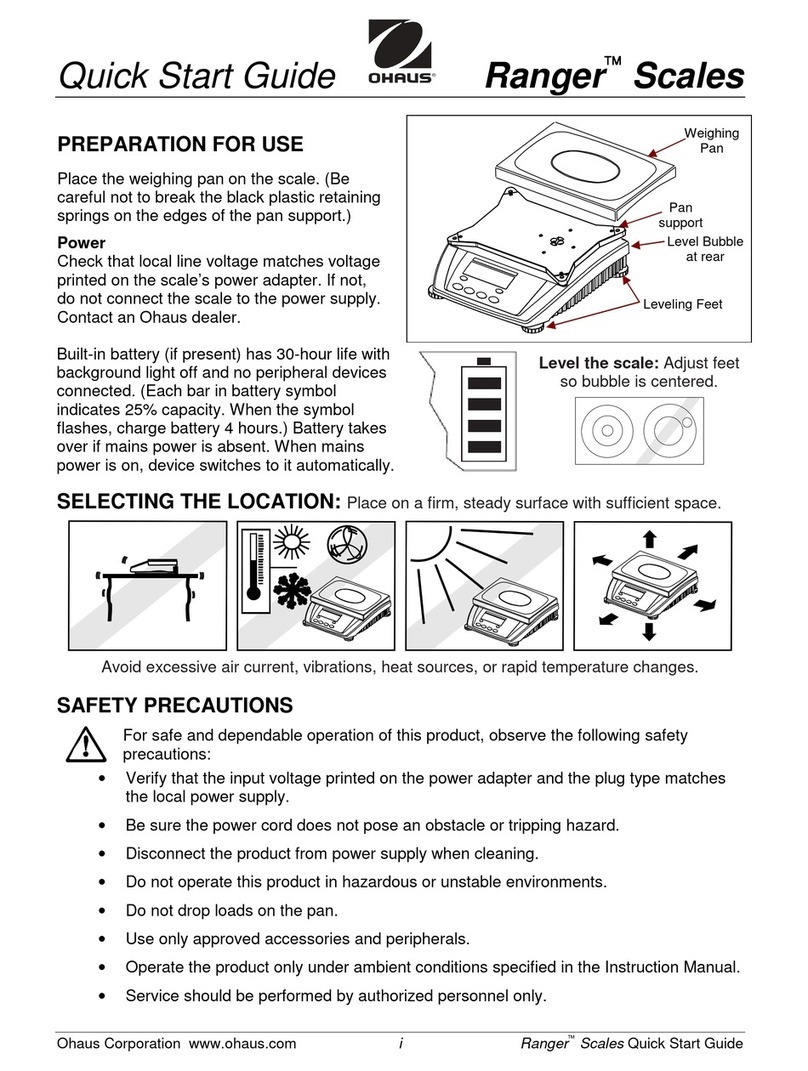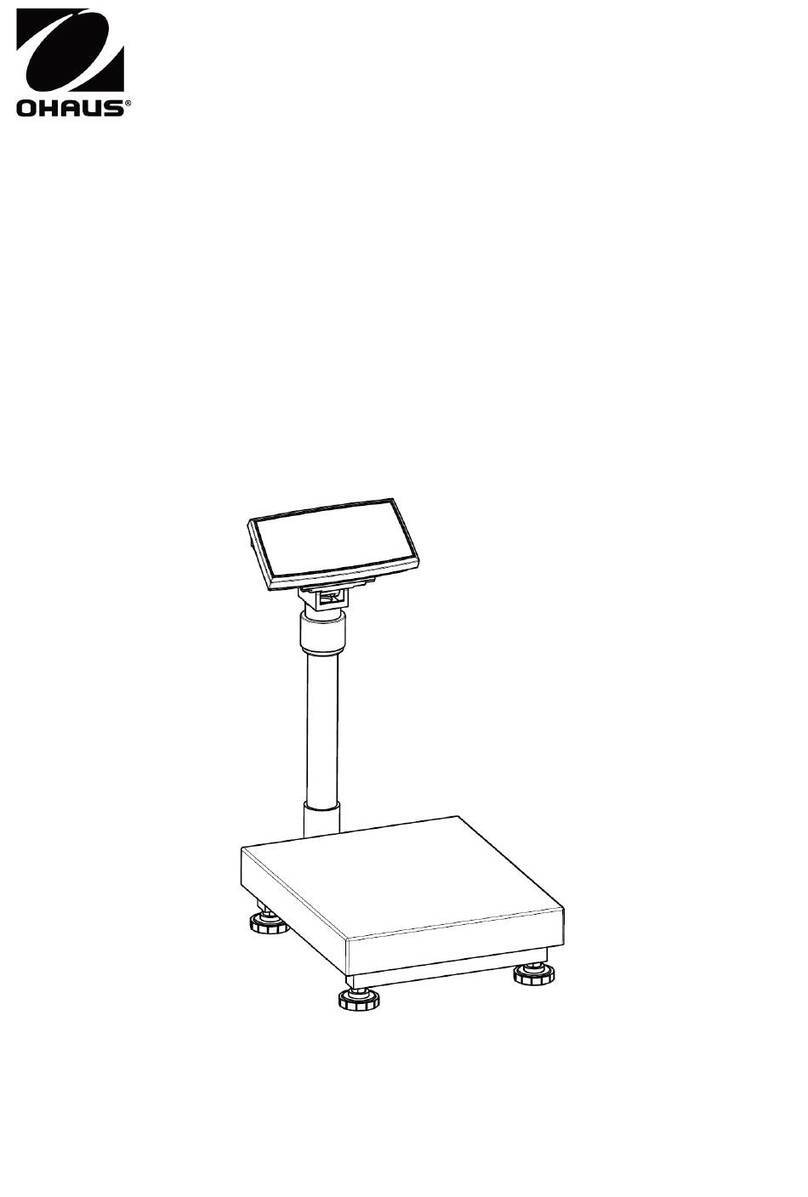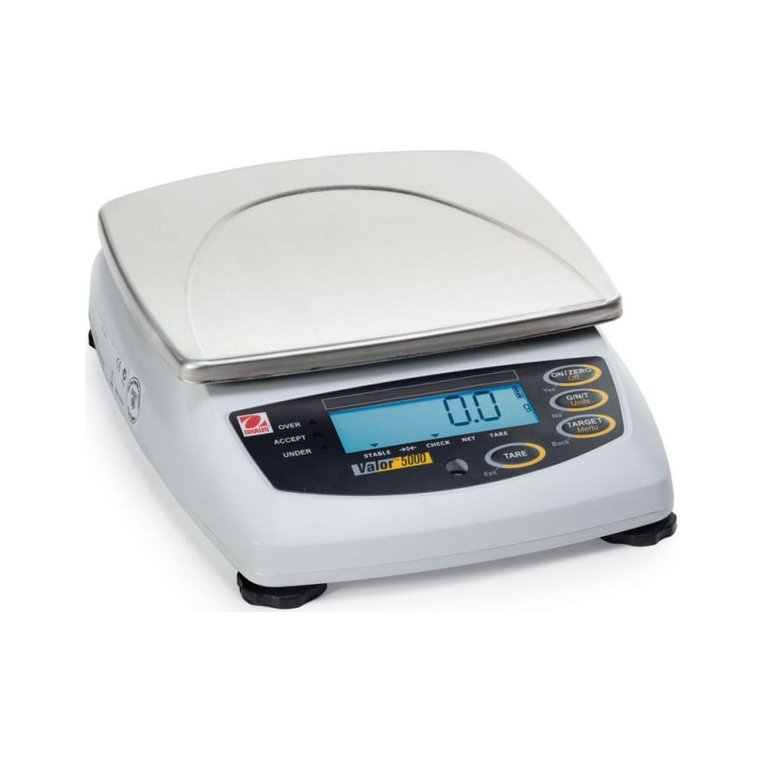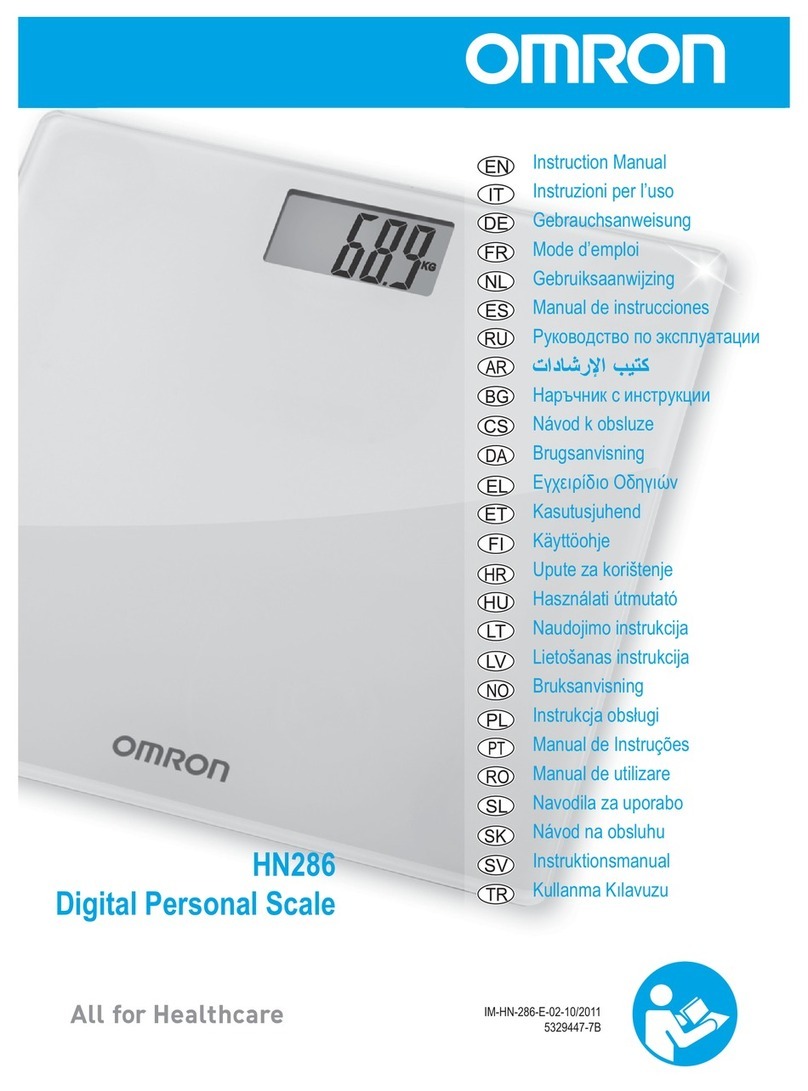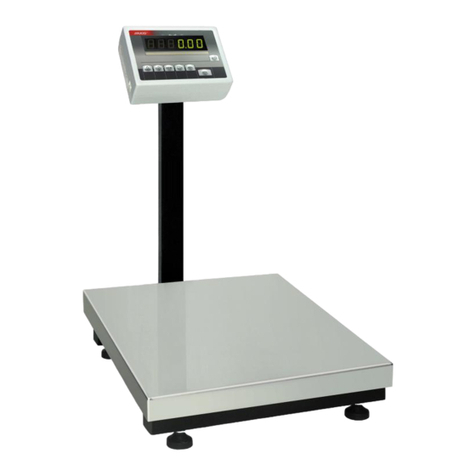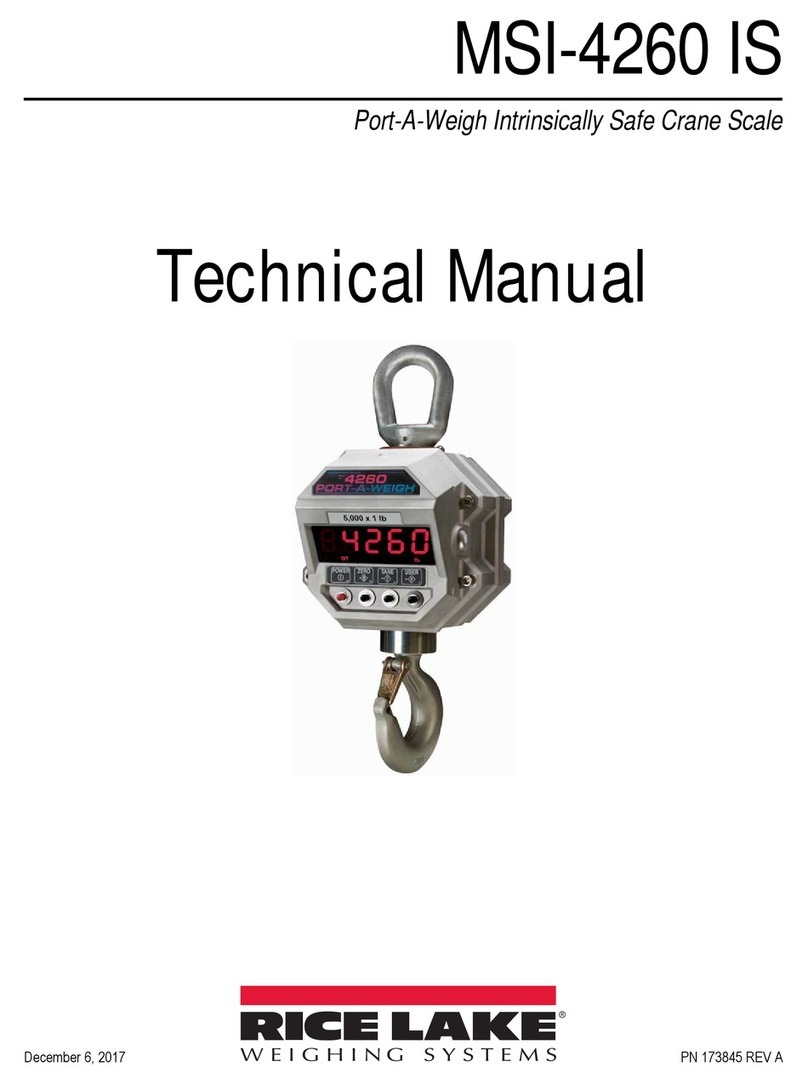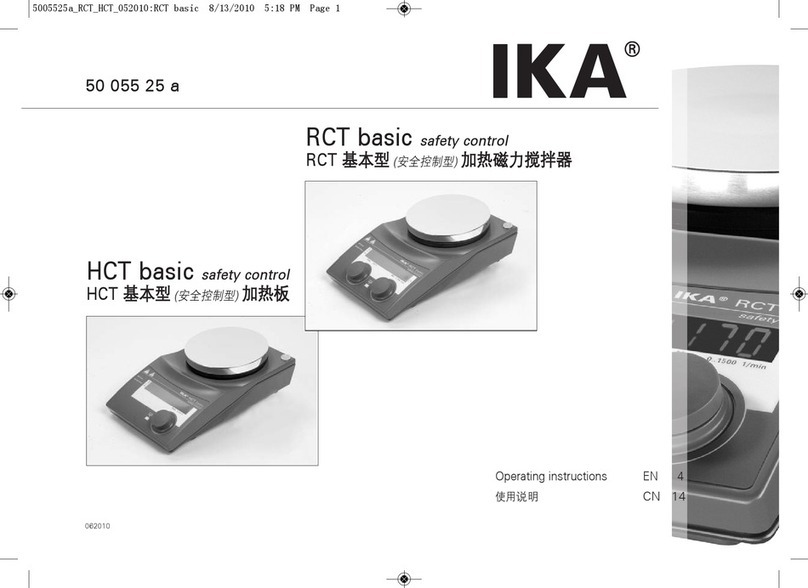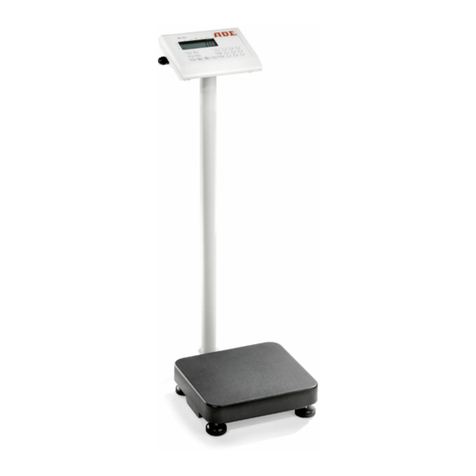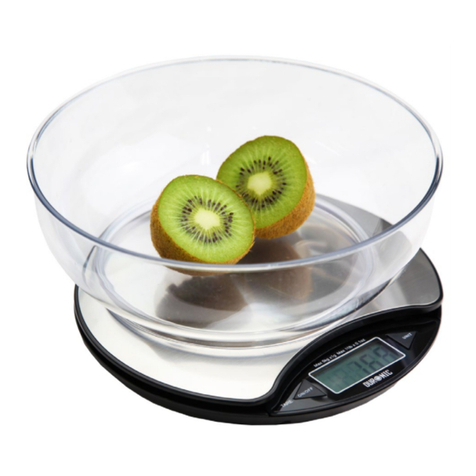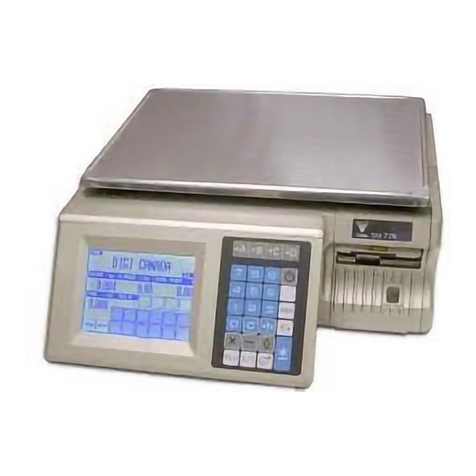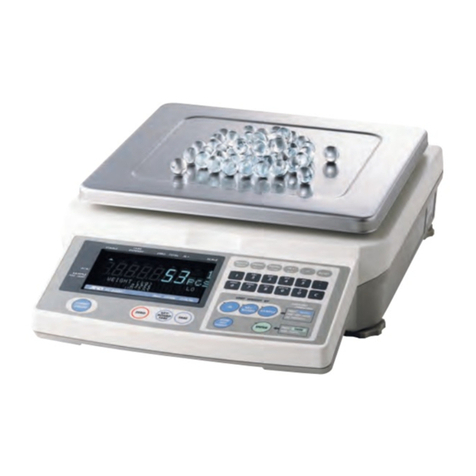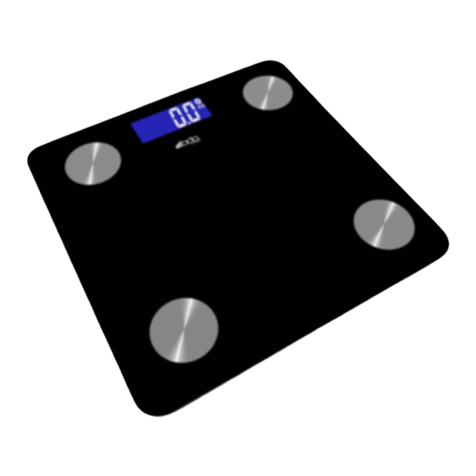
3;6HULHV%DODQFH (1
7DEOHRI&RQWHQWV
,1752'8&7,21(1
1.1Description.............................................................................................................................................EN-3
1.2Features.................................................................................................................................................EN-3
1.3Definition of Signal Warnings and Symbols...........................................................................................EN-3
1.4Safety Precautions.................................................................................................................................EN-3
,167$//$7,21(1
2.1Unpacking..............................................................................................................................................EN-4
2.2Select the Location ................................................................................................................................EN-4
2.3Leveling..................................................................................................................................................EN-4
2.4Connecting Power and Acclimating the Balance...................................................................................EN-5
2.5Connecting the Interface........................................................................................................................EN-5
2.6Initial Calibration ....................................................................................................................................EN-5
23(5$7,21(1
3.1Overview of Display, Home Screen.......................................................................................................EN-6
3.2Principal Functions and Main Menu.......................................................................................................EN-7
3.3Overview of Parts and Features –Draft Shield Models.........................................................................EN-7
3.4Overview of Parts and Features –Non-Draft Shield Models.................................................................EN-7
$33/,&$7,216(1
4.1Weighing................................................................................................................................................EN-8
4.2Parts Counting.......................................................................................................................................EN-8
4.3Percent Weighing.................................................................................................................................EN-10
4.4Dynamic Weighing...............................................................................................................................EN-11
4.5Density Determination..........................................................................................................................EN-12
4.5.1Measuring the Density of a Sinking Solid Using Water ...................................................................EN-17
4.5.2Measuring the Density of a floating Solid Using Water....................................................................EN-18
4.5.3Measuring the Density of a Solid Using an Auxiliary Liquid other than Water ................................EN-18
4.5.4Measuring the Density of a Liquid Using a Calibrated Sinker .........................................................EN-19
4.5.5Measuring the Density of Porous Material Using Oil.......................................................................EN-21
4.6Additional Features..............................................................................................................................EN-23
0(186(77,1*6(1
5.1Menu Navigation..................................................................................................................................EN-24
5.1.1Changing Settings............................................................................................................................EN-24
5.2Calibration............................................................................................................................................EN-24
5.2.1Calibration Sub-menu (InCal models)..............................................................................................EN-24
5.2.2Internal Calibration (not applicable to ExCal models)......................................................................EN-25
5.2.3InCal Adjust (not applicable to ExCal models).................................................................................EN-25
5.2.4Span Calibration...............................................................................................................................EN-25
5.2.5Linearity Calibration.........................................................................................................................EN-26
5.3Balance Setup......................................................................................................................................EN-28
5.3.1Language.........................................................................................................................................EN-28
5.3.2Filter Level........................................................................................................................................EN-28
5.3.3AZT (Auto Zero Tracking)................................................................................................................EN-28
5.3.4Auto Tare .........................................................................................................................................EN-28
5.3.5Graduations......................................................................................................................................EN-29
5.3.6Date Format.....................................................................................................................................EN-29
5.3.7Date Setup.......................................................................................................................................EN-29
5.3.8Time Format.....................................................................................................................................EN-29
5.3.9Time Setup.......................................................................................................................................EN-29
5.3.10Brightness........................................................................................................................................EN-29
5.3.11Auto Dim ..........................................................................................................................................EN-29
5.3.12Capacity Bar.....................................................................................................................................EN-29
5.3.13Approved Mode................................................................................................................................EN-30
5.4Weighing Units.....................................................................................................................................EN-30
5.5RS232 Interface Setup.........................................................................................................................EN-32
5.5.1Baud Rate........................................................................................................................................EN-32
5.5.2Transmission....................................................................................................................................EN-32
sales@GlobalTestSupply.com
www.GlobalScientificSupply.com
GLOBAL SCIENTIFIC SUPPLY
The Laboratory Supply Company!

